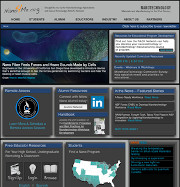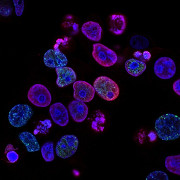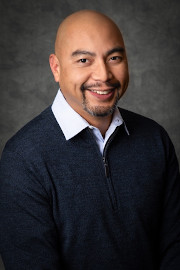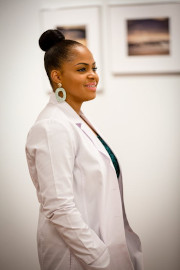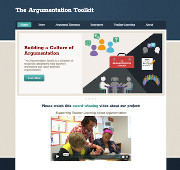This learning module, from Support Center for Microsystems Education (SCME), is an overview of the history of microelectromechanical systems (MEMS). This resource provides "a timeline of the progression of microtechnology through a series of innovations that starts with the first Point Contact Transistor built in 1947 and ends with the optical network switch in 1999. Activities provide the opportunity to build on this timeline and to identify innovations of the 21st century that have contributed to current advancements in both micro and nanotechnology."
This module includes six instructor guides, five participant guides, and a presentation. PDF and DOC versions are provided for each resource. The included instructor and participant guides are History of MEMS Primary Knowledge, Knowledge Probe (Pre-Quiz), Final Assessment, History of MEMS Activity, and New Innovations in MEMs Activity. Instructor guides include additional content such as instructor notes and questions and answers. A Learning Module Map (LM) Instructor Guide is also included.
The LM map provides information about the module including module contents, target audience, and a map that is divided into the following sections: Important Steps, Key Points, and Reasons.
History of MEMS Primary Knowledge is an instructional unit and covers the following topics:
- A timeline of the history of Microelectromechanical Systems (MEMS)
- Brief descriptions of the major milestones in MEMS history
The following sections are included in this unit guide: Introduction, Objectives, Key Terms, Major MEMS Milestones, Glossary of Terms, and more.
The History of MEMS Activity includes a crossword puzzle that tests students' knowledge and research activity questions that provide students with the opportunity to delve deeper in MEMS history.
The New Innovations in MEMS Activity "asks students to continue the history of MEMS timeline into the 21st century." Students are required to "identify and explain at least five (5) innovations of the 21st century that have led to advancements in MEMS and NEMS (NanoEMS).
The History of MEMS Knowledge Probe (Pre-Quiz) includes 15 assessment questions that assess the student's current knowledge of MEMS history before completing the History of MEMS Learning Module. The instructor guide includes answers to the questions.
The Final Assessment includes 15 questions that assess the student's knowledge of MEMS history. The instructor guide includes answers to the questions.
A PowerPoint presentation is also provided and includes a unit overview, objectives, a summary, a list of MEMS milestones, and more.
